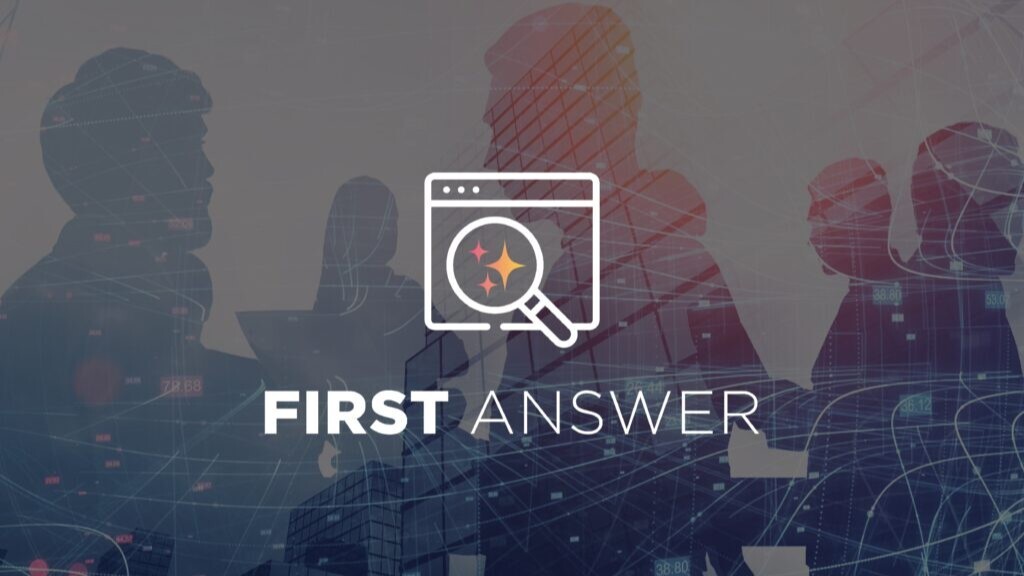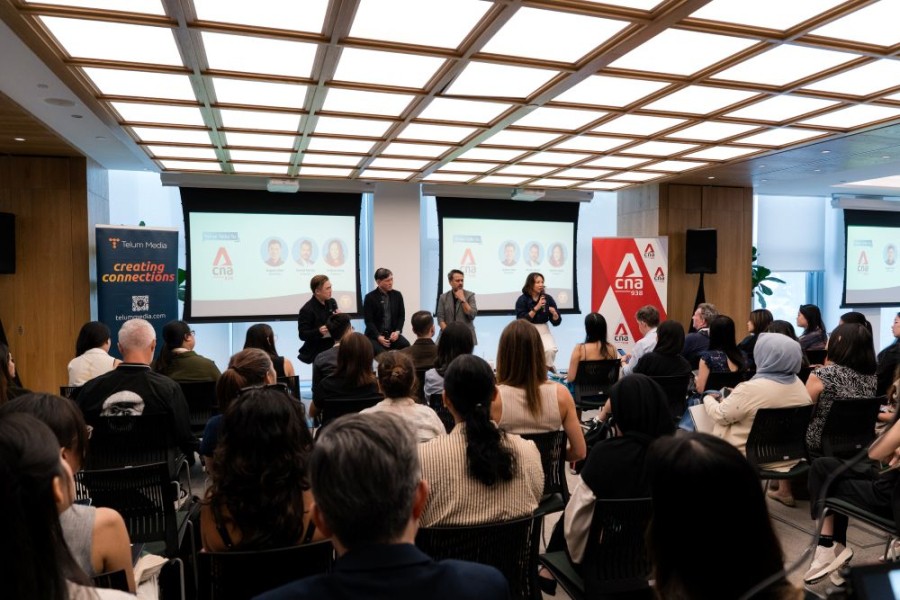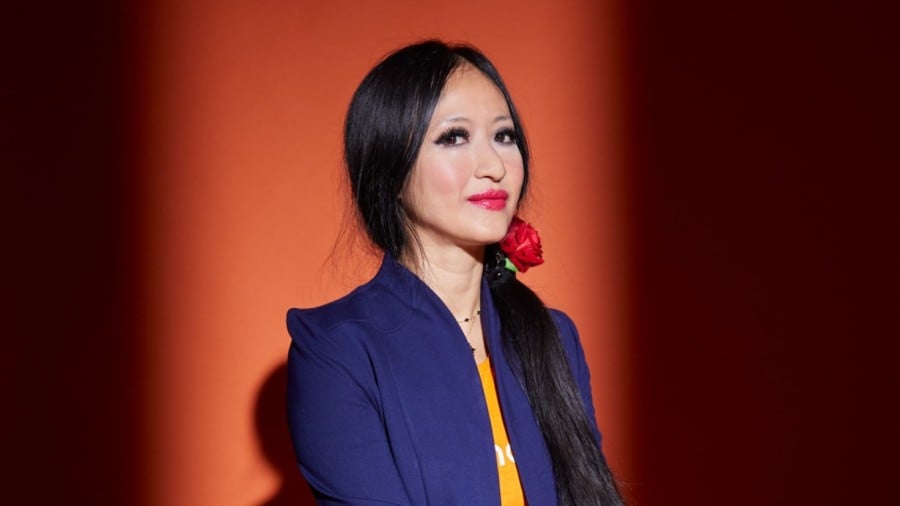Telum Media sat down with Elan Shou, CEO of Ruder Finn Asia, and Phoebe Shen, General Manager at RF Thunder, to unpack what it really takes to grow with purpose in the Southeast Asia region, from building genuine local connections to staying ahead of shifting market dynamics.
Why local depth now matters more than ever
The region’s economic growth, demographic potential, and evolving media landscape are reshaping how agencies approach their strategies and operations. For communications firms like Ruder Finn, this means a fundamental shift from managing remotely to embedding deeply within local markets.
Elan explains the drivers behind this change, “If you look at GDP growth, Southeast Asia’s markets have remained strong over the past several years. For 2025, the six key Southeast Asia countries are expected to grow between 4.5 to 4.7 per cent, significantly ahead of developed countries like those in Europe. The market size is another factor, as Indonesia is huge, Malaysia has a large population, and overall, these markets have huge growth potential.”
The region’s appeal goes beyond numbers. Elan points out that for many Chinese brands expanding abroad, Southeast Asia is a natural first stop. “It’s culturally familiar, geographically close, and home to many Chinese communities,” she says. This is reflected in Ruder Finn’s own experience, with its ‘Chinese Brand Going Abroad’ (CBGA) practice that has tripled in size over the past three years.
However, she warned against treating the region as a single entity. “Southeast Asia is a highly diverse region, with different languages, religions, market sizes, policies, and political contexts. You can’t approach it with one uniform strategy. You need local knowledge and insight.”
Phoebe echoed the sentiment, noting that the CBGA practice has been a key driver of growth. She describes their approach as a ‘one plus one plus one’ modular model - a China-based team, a Singapore hub to coordinate with Chinese clients and connect markets, and local partners who bring essential cultural fluency.
“Previously, without those local partnerships, strategies sometimes fell flat in-market. Now, involving local expertise from the start ensures relevance,” Phoebe said. “Managing from afar no longer works - we need close management and local investment.”
Evolving client expectations
Just five years ago, Southeast Asia was still considered a secondary priority compared to the Chinese market. Today, that perception has flipped with multinational corporations increasingly allocating resources and attention to the region, driven by growing consumer markets and geopolitical shifts like the US-China conflict.
Elan describes this transition: “The ‘helicopter approach’ doesn’t work here. Success depends on local knowledge, insight, and strong networks. Understanding local languages, emotions, and culture are essential.”
She also observed the rapid rise in the quality of local agencies. “Having judged various awards across Asia Pacific, I’m impressed by their quality and speed of improvement. Many local teams were trained by international agencies and are now excelling independently. This creates a more competitive landscape, requiring international agencies to raise their game.”
Phoebe, who relocated to Singapore three years ago, sees client needs evolving alongside market complexities. "Chinese clients increasingly ask for pre-entry market validation, reputation scanning, deeper localisation of content, and access to relevant local resources. In today’s fragmented media environment, reputation management is also a top request.”
Rethinking the agency model
As client expectations grow more sophisticated and regionally nuanced, agencies are being pushed to adapt - not just in services, but in structure. Historically, many international agencies in Southeast Asia operated from Singapore, setting a regional strategy from there. But that model is shifting. “In the past year, some MNCs have moved their headquarters to other countries, like Malaysia, because a Singapore-led strategy might not suit every market,” said Elan.
Looking ahead, she expects to see more country-specific strategies, which will raise expectations for local operations. “Agencies can’t just implement - they need to think and create,” she said. “Especially in consumer sectors, integrated marketing is highly market-driven and culturally oriented. Agencies must be more locally driven, even while operating at a regional scale.”
For Chinese brands, Phoebe noted, the organisational model is also evolving. "Typically, their China HQ drives vision and strategy, regional offices balance global direction with local relevance, and in-market teams execute but often need more strategic clarity. Our modular team structure mirrors this - integrating local insights into strategic planning from the start. This saves clients time and coordination costs.”
The shifting agency - media dynamics
As agencies localise their strategies and deepen their role in brand building, they are also navigating a fast-changing media ecosystem. The media landscape has changed dramatically - from traditional media to KOLs, now to KOCs. Elan emphasises the need for agencies to stay ahead of their clients in offering creative, integrated media solutions. “It’s an interactive, ever-learning process,” she says. “Sometimes clients are even ahead of agencies.”
Phoebe pointed out that media relationships in Southeast Asia are both platform-driven and trust-based. “Chinese brands often assume they can apply the same media playbook used in China, which doesn’t work here,” she said.
Looking ahead
As the communications landscape in Southeast Asia continues to evolve, Elan and Phoebe anticipate a more competitive, sophisticated communications ecosystem on the horizon. “I expect more strong local agencies and mature, creative communications professionals,” said Elan. “For example, at Ruder Finn, we’re exploring how AI can improve efficiency, freeing up time for more intelligent, creative work. The goal is to lay the foundation for communications so we can focus on high-value activities.”
For Phoebe, one of the most important shifts lies in how Chinese brands are perceived globally. “Every CBGA contributes to shaping Brand China’s global image,” she explains. “We hope to move perceptions beyond just ‘value for money,’ toward being seen as innovative, collaborative, and responsible.”
That evolution, she emphasises, requires more than just good messaging. “It means helping clients become contributors to local societies, not just foreign companies selling products.”
.jpg)
Telum Talks To: Elan Shou and Phoebe Shen from Ruder Finn Group
Telum Media creating connections
Get in touch to learn more
Noor Bahman steps up at agency
You might also enjoy
Golin has launched First Answer, an AI visibility platform designed to give brands insights on how ChatGPT, Gemini, Perplexity and other AI systems describe them to users.
The platform addresses how up to 90 per cent of AI search results come from earned media citations and decreases the risk brands face of having their stories shaped by outdated information, competitor messaging, or AI-generated errors.
“AI systems now determine which brands succeed by prioritising earned media as their most trusted source,” said Jack Barbour, EVP and AI Lead at Golin New York. “When ChatGPT, Gemini, or Perplexity answers questions about your brand, up to 90% of their citations come from earned media sources—not your website. First Answer ensures AI platforms see optimised, accurate, and strategically positioned content, giving our clients clear advantages.”
First Answer provides AI optimisation by analysing brand presence across various AI platforms, providing visibility and sentiment evaluation and identification of media outlets, social sites, and owned pages that drive citations. It also looks to increase positive AI visibility through AI-optimised content.
Telum Media hosted its latest Telum Talks in Singapore on Thursday, 2nd October 2025, featuring Eugene Wee, Chief Editor of CNA938, alongside presenters Daniel Martin and Andrea Heng. The discussion was moderated by John Chang, Business Development Lead, APAC Growth Markets at Telum Media.
Eugene walked attendees through CNA938’s recent revamp and programme lineup, highlighting that while the station covers global topics, it keeps content hyperlocal by tailoring stories to highlight their relevance and impact for Singapore listeners. Daniel and Andrea offered practical advice for PR and communications professionals, encouraging them to shape their ideas with the listener in mind before pitching. They also shared personal experiences on how they’ve built strong, long-term relationships with existing PR contacts and subject-matter experts, offering insights on trust, communication, and collaboration.
The CNA938 speakers also discussed radio’s enduring relevance in the current digital age, with its clear edge in live storytelling, interactive engagement, and the ability to extend its reach through digital platforms.
The session concluded with attendees having the opportunity to network and connect with peers across the industry, as well as interact directly with the panellists over light refreshments.
Stay tuned for more Telum events by subscribing to our News Alerts for the latest updates.
Bee-Lee See has joined Interhill Hospitality as Cluster Director, Branding and Communications. In this role, she leads integrated marketing communication strategies and brand positioning across three hotel properties - Pullman Kuching, Pullman Miri, and ibis Malacca.
Bee-Lee brings over two decades of corporate strategy and storytelling experience from CEMEX, dentsu, Malaysia Airlines, and Shopee.


